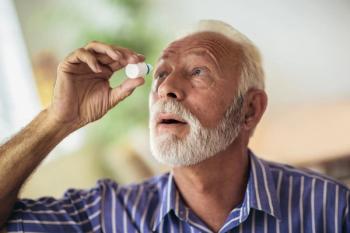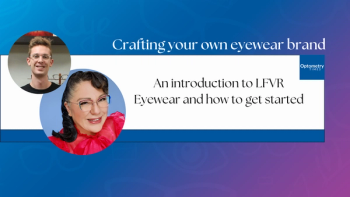
‘Beezin’: teens applying lip balm to eyelids to experience buzz
According to a report from a television station in Cincinnati, OH, some teenagers are now applying Burt’s Bees lip balm onto the outside of their eyelids to enhance intoxication from alcohol or other drugs. They call it “beezin.”
Some speculate that the teens are experiencing a tingling or burning sensation from the lip balm’s peppermint oil, which the teens are claiming feels good when they are intoxicated. But the peppermint oil can also be a strong irritant to the eye.
“The search for a ‘natural high,’ becomes a perfect set up for a Type IV hypersensitivity reaction,” says Optometry Times Editorial Advisory Board member Milton Hom, OD, FAAO, FACAAI (Sc). “A nice buzz initially can later develop into a full-blown inflammatory response requiring treatment.”
New Jersey allergist Leonard Bielory says he routinely sees patients with these types of reactions. “Interestingly, this and other ‘natural products’ are very common sensitizers and can cause a contact dermatitis, especially the area around the eyes which is especially sensitive to minor inflammatory changes.”
YouTube videos of the trend date back to last year-
Moral of the story: don’t try this at home, kids.
Newsletter
Want more insights like this? Subscribe to Optometry Times and get clinical pearls and practice tips delivered straight to your inbox.
















































.png)


